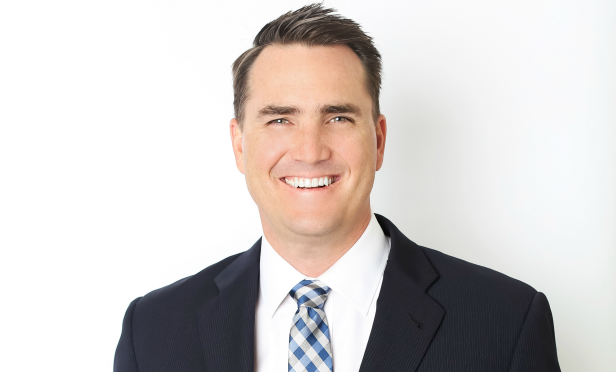 Cost is one of the biggest challenges to developers looking to go green. This is especially true for short-term investors, who might see green development as an obstacle to a larger return. Green construction—including LEED certifications—have grown wildly in popularity and have become a way to drive value and occupancy at an asset. Even industrial development has turned to greener building and LEED certification, disrupting the reputation of industrial properties as dirty manufacturing plants.
Cost is one of the biggest challenges to developers looking to go green. This is especially true for short-term investors, who might see green development as an obstacle to a larger return. Green construction—including LEED certifications—have grown wildly in popularity and have become a way to drive value and occupancy at an asset. Even industrial development has turned to greener building and LEED certification, disrupting the reputation of industrial properties as dirty manufacturing plants.
“Building to green standards often means increased costs, especially if the goal is to attain LEED Platinum, the highest level of LEED certification,” Jon Pharris, president of CapRock Partners, an experienced industrial and green developer, tells GlobeSt.com. “For long-term owners/investors such as REITs or sovereign wealth funds, those additional features may be a valuable and worthwhile investment. However, for short-term players the additional expense does not always directly translate to a quantifiable return on investment.”
One of the challenges could be achieving higher rents in a energy-efficient or LEED certified property, as some developers expect. “LEED platinum or gold buildings do not always generate obtainable lease rates substantially different from those of CalGreen building,” says Pharris. “While many corporations want to pursue a carbon neutral footprint, it is rare for a tenant in Southern California—where the base new industrial development complies with CalGreen—to refuse to lease a CalGreen building instead of a LEED certified building.”
Of course, there is an inherent energy savings that comes with a green property and that will naturally translate to a higher lease rate. However, that savings may not offset the higher development cost. “On the other hand, given that a green industrial building operates more efficiently than a conventional industrial building an argument could be made that the NNN expenses would be slightly lower, which should translate to a slightly higher lease rate,” says Pharris. “At this point there is not enough evidence to support this direct conclusion but it is worth watching as green industrial buildings continue to evolve.”
Whether not better rents and returns are achieved, Pharris says that all development is evolving toward green practices, and in the long term, inefficient buildings will be less desirable than more efficient options. “Green industrial buildings are inevitably the future provided they continue to generate preferred financial returns for investors,” he says. “Today, with low vacancies and growing rental rates throughout the West, green industrial developments are economically feasible. That being said, the true test will come in the inevitable downturn when it may be more difficult to get green industrial buildings to pencil.”
For CapRock, that means adopting green building practices today whenever possible. “We are focused on proper environmental stewardship and all of our new developments comply with CalGreen standards at minimum, with most of our big box buildings complying with some level of LEED Certification,” adds Pharris. “CapRock, with its various partners, is under construction on approximately 4 million square feet of industrial space, with another 3.5 million square feet slated to commence in the next 12-24 months. It is anticipated that most, if not all, of these buildings will either be CalGreen compliant or LEED Certified.”
© 2025 ALM Global, LLC, All Rights Reserved. Request academic re-use from www.copyright.com. All other uses, submit a request to asset-and-logo-licensing@alm.com. For more information visit Asset & Logo Licensing.



